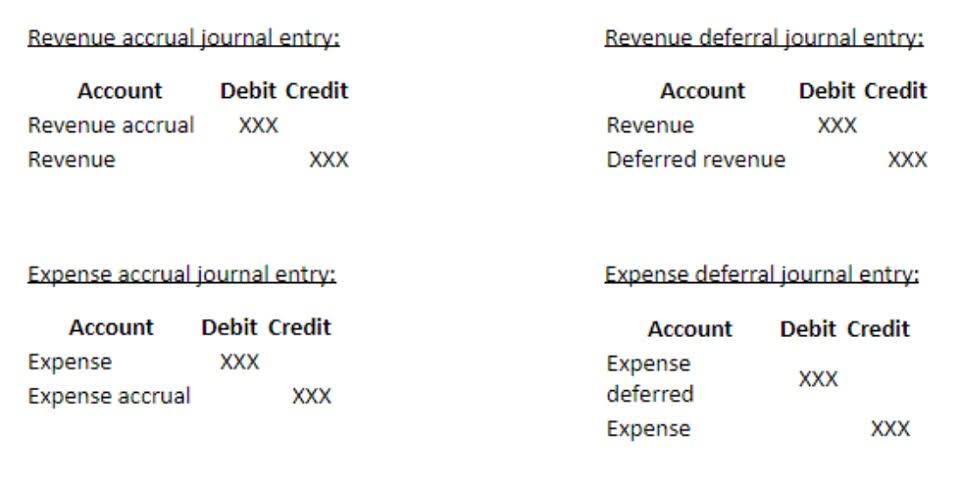

On the flipside, a negative working capital means there’d still be debt left over. A positive working capital ratio is important for a business to be able to operate effectively. It means that the business has the ability to repay more than the total value of its current liabilities. The higher the working capital ratio, unearned revenue the greater the ability of the company to pay its liabilities.
It’s a measure of liquidity and financial health


Working Capital is the difference between current assets and current liabilities. It also means management working capital ratio meaning of current liabilities, including sundry creditors, bills payable, outstanding creditors, bank overdraft, and so on. For example, if a company has $800,000 of current assets and has $1,000,000 of current liabilities, its working capital ratio is 0.80. If a company has $800,000 of current assets and has $800,000 of current liabilities, its working capital ratio is exactly 1.
- Permanent working capital is the capital required to make liability payments before the company is able to convert assets or client invoice payments into cash.
- In this situation, a company is likely to have difficulty paying back its creditors.
- The three of the above indicators can measure the Cash Conversion Cycle (CCC), which tells the number of days it takes to convert net current assets into cash.
- “Inventory is your less liquid current assets compared to cash and accounts receivable.
- These are often provided with the documents you receive with the loan, mortgage, or other debt agreement.
What is an example calculation of the working capital ratio?
The reserve working capital refers to the short-term financial arrangement made by the business to take on any big change or deal with uncertainty. Our Cash Forecasting solution leverages advanced AI and ML and integrates with banks and ERPs to get AR/AP data. This blog dives deeper into the working capital ratio, its definition, type and calculation method, its interpretation and improvement strategies. To best assess a company’s financials, it’s important to have a well-rounded view.
What are some examples of current assets?
Not managing your balance sheet or not managing your working capital will catch up with you when you want to grow. Retail tends to have long operating cycles since companies have to buy their stock long before they can sell it. The key consideration here is the production cycle, since this is how long it will take the company to generate liquid assets from its operations. The inventory turnover ratio looks at how well a company manages its inventory, which is another aspect of managing cash and cash-like assets that goes into working capital.
Do you own a business?
Current liabilities encompass all debts a company owes or will owe within the next 12 months. The overarching goal of working capital is to understand whether a company can cover all of these debts with the short-term assets it already has on hand. The amount of working capital needed varies by industry, company size, and risk profile. Industries with Law Firm Accounts Receivable Management longer production cycles require higher working capital due to slower inventory turnover. Alternatively, bigger retail companies interacting with numerous customers daily, can generate short-term funds quickly and often need lower working capital. To improve your working capital (which is Current Assets minus Current Liabilities), you’ll need to either increase your current assets or reduce your current liabilities.
Current Assets:


This means that the firm would have to sell all of its current assets in order to pay off its current liabilities. The reason this ratio is called the working capital ratio comes from the working capital calculation. When current assets exceed current liabilities, the firm has enough capital to run its day-to-day operations. The working capital ratio transforms the working capital calculation into a comparison between current assets and current liabilities.


Working capital is also part of working capital management, which is a way for companies to make sure they are sufficiently liquid yet still using cash and assets wisely. If the ratio is high relative to peers, then the company is running its inventory very tightly and could end up missing out on sales if it doesn’t have enough products to cover demand. If a company has a low ratio relative to its peers, then it’s not selling many products from its inventory and its inventory management is likely inefficient. The basic idea is to have enough cash or cash-like assets — that is, those that can be converted into cash in fewer than 12 months — to cover any short-term liabilities. Working capital is also an indicator of a company’s operational efficiency, as companies that have high amounts of working capital can decide to use this to grow.
- In reality, you want to compare ratios across different time periods of data to see if the net working capital ratio is rising or falling.
- A working capital ratio somewhere between 1.2 and 2.00 is generally considered good.
- The working capital ratio is calculated by dividing a company’s current assets by its current liabilities.
- Liquidity is critically important for any company regardless of the industry.
- Generally, yes, if a company’s current liabilities exceed its current assets.
- Generally speaking, organizations or individuals who invest money in a company, receive shares in return.
- Anything in the 1.2 to 2.0 range is considered a healthy working capital ratio.
- The collection ratio looks at how well a company manages to receive payments from customers using who pay with credit.
- The company has a claim or right to receive the financial benefit, and calculating working capital poses the hypothetical situation of liquidating all items below into cash.
- Comparisons of working capital levels over time can nonetheless serve as potential early warning indicators that a company may have problems in terms of timely collection of receivables.
It is a measure of liquidity, meaning the business’s ability to meet its payment obligations as they fall due. The net working capital ratio measures a business’s ability to pay off its current liabilities with its current assets. This metric is called the working capital ratio because it comes from the working capital calculation. Companies whose current assets are greater than their current liabilities have sufficient capital to sustain their everyday operations. The calculation is essentially a comparison between current assets and current liabilities.


Improve the cash conversion cycle
Similarly, current liabilities are debts that are to be paid within a year. If your company has negative working capital, it’s important to understand why you’re not generating enough assets to cover your liabilities. With $1.70 of current assets available for every $1 of current liabilities, ABC Co. has a healthy working capital ratio. They struggle because of inefficient working capital management, which often leads to non-payment of financial obligations. Moreover, without this holistic view of financial resources, businesses end up losing significant opportunities, resulting in lower returns.

